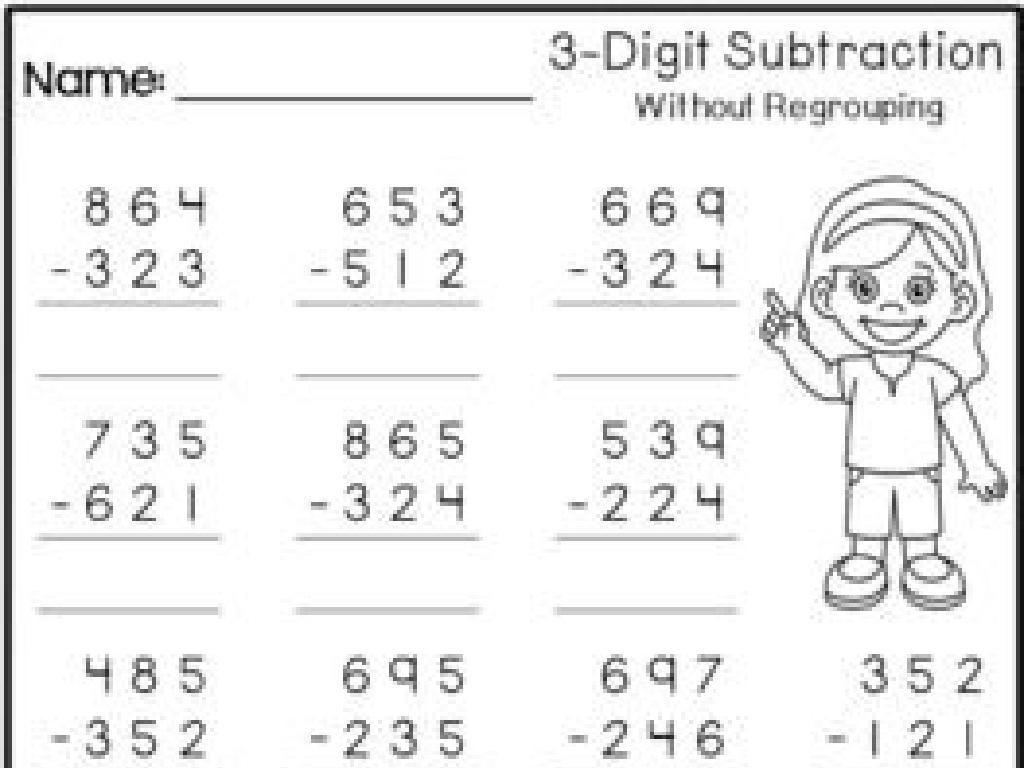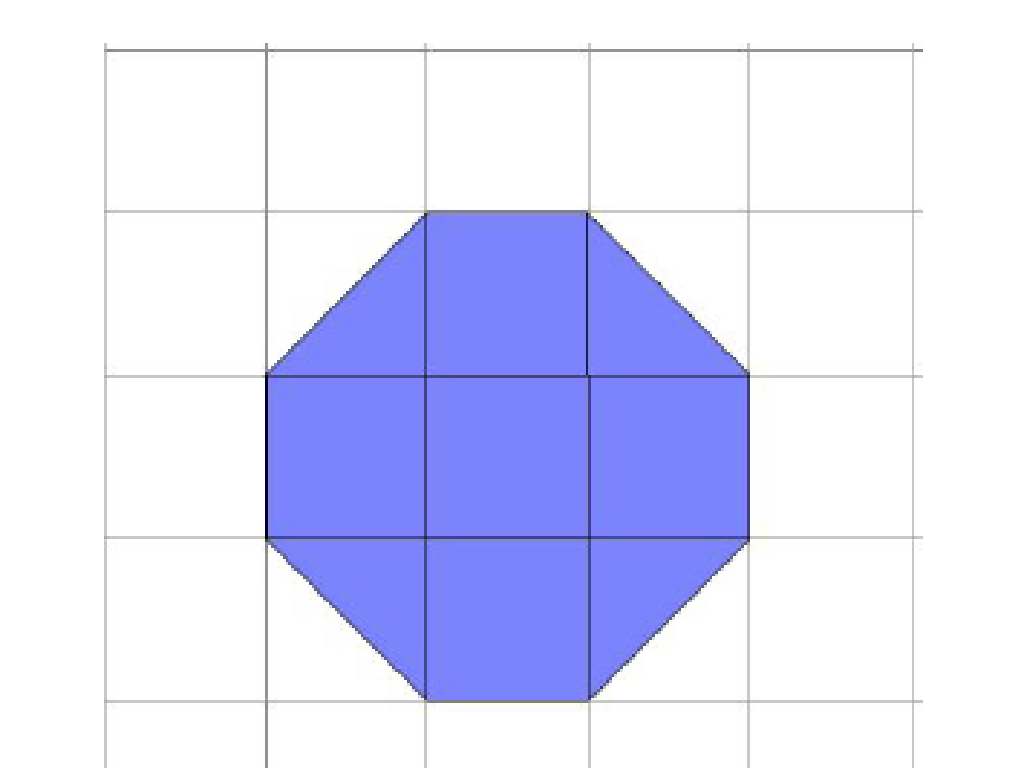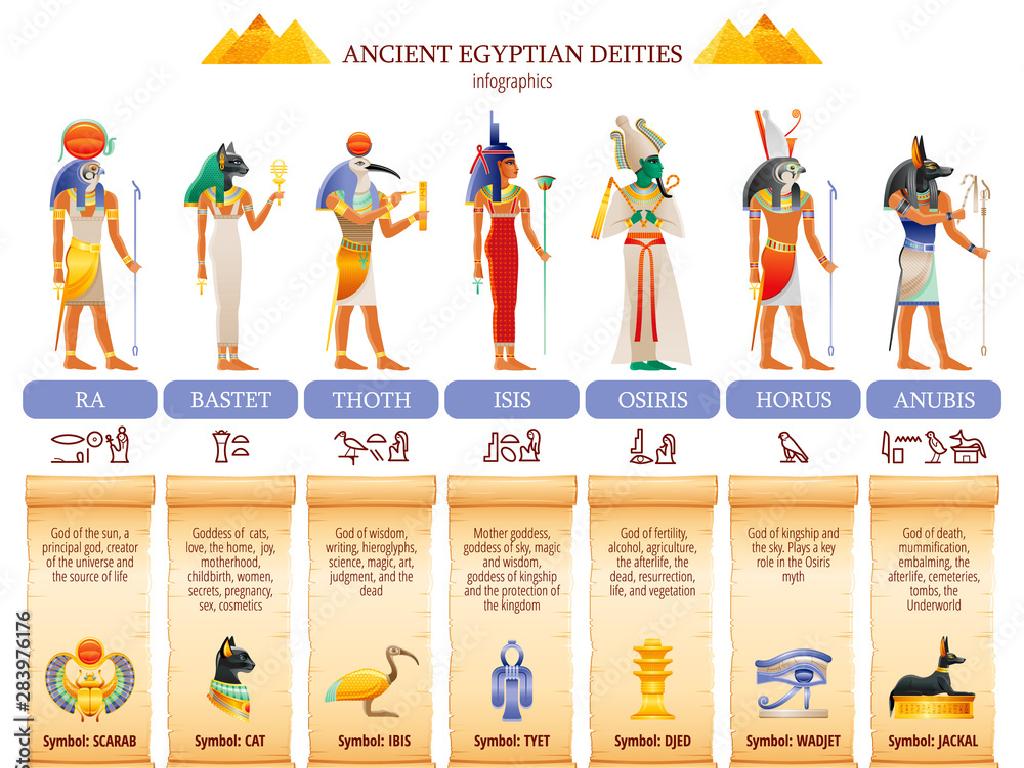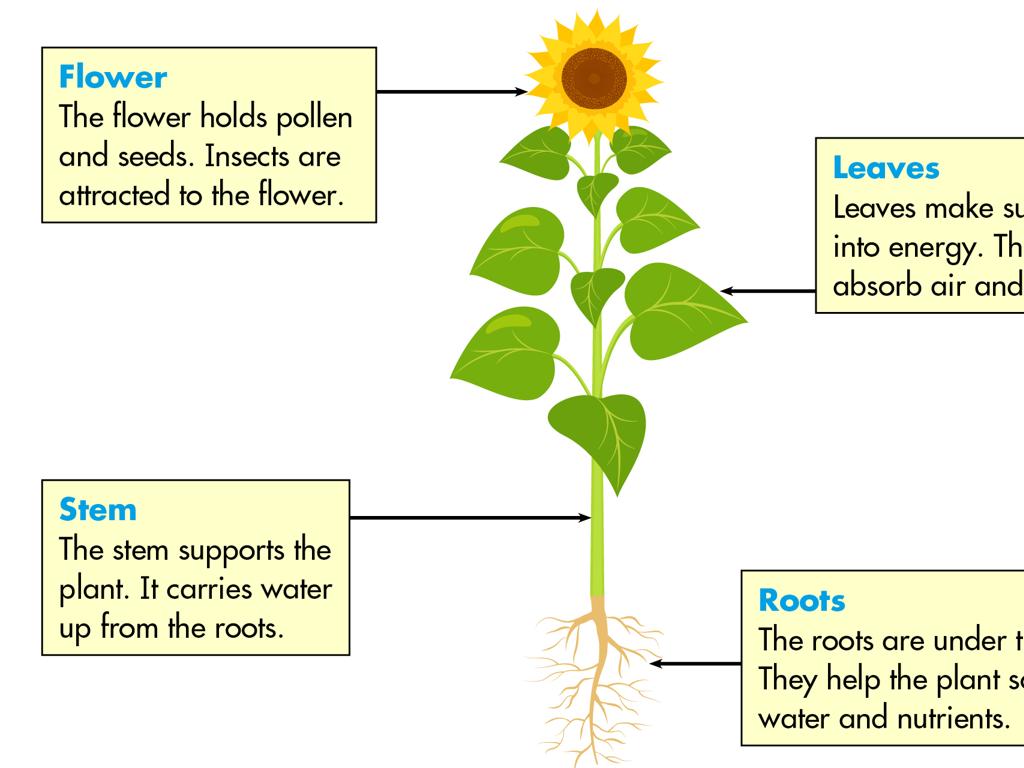Identify Numbers - Up To 20
Subject: Math
Grade: Kindergarten
Topic: Numbers To 20
Summary: Introduce Kindergarten students to identifying numbers up to 20 through fun, hands-on math activities. This engaging lesson uses counting games, finger play, object matching, and number hunts to help children recognize, understand, and sequence numbers from 1 to 20. With puzzles, songs, and visual aids, students build number sense while developing counting fluency. Interactive and classroom-friendly, this presentation makes early numeracy exciting, effective, and aligned with early learning standards.
Please LOG IN to download the presentation. Access is available to registered users only.
View More Content
Welcome to Numbers!
– Greetings, young mathematicians!
– Today’s focus: Numbers up to 20
– Numbers are all around us
– Look around, can you spot numbers in the classroom?
– Let’s count up to 20 together
– We’ll count objects together to practice
|
This slide is designed to introduce Kindergarten students to the concept of numbers up to 20. Start the lesson with a warm and engaging greeting. Emphasize the importance of numbers in everyday life and encourage the children to observe numbers in their surroundings, such as on a clock, calendar, or even their own age. Use interactive counting activities where students can count along with you, using classroom objects or visual aids. This will help them to understand and memorize the sequence of numbers up to 20. The goal is to make the learning process fun and interactive, fostering a positive attitude towards math.
Exploring Numbers 1 to 20
– What are numbers?
– Numbers help us count
– Numbers are like steps we climb, one by one, to know how much of something we have.
– Numbers show how many
– If we have 3 apples, the number 3 tells us the quantity of apples.
– Let’s count to 20 together!
– We’ll use our fingers and pictures to count from 1 all the way up to 20!
|
This slide introduces the concept of numbers to Kindergarten students, emphasizing their role in counting and quantifying objects. Start by asking the students what they think numbers are, to engage them in the conversation. Explain that numbers are tools we use to find out how many things we have, like toys or candies. Use visual aids, such as images of objects or fingers, to help students count from 1 to 20. Encourage them to participate by counting aloud together. This activity will help them become familiar with the sequence of numbers and understand that each number represents a specific quantity.
Learning Numbers 1 to 5
– Introduction to numbers 1-5
– Numbers are fun building blocks of math
– Count objects to represent numbers
– Use apples or blocks to count 1, 2, 3, 4, 5
– Show numbers with fingers
– Hold up 1, then 2 fingers, can you do it?
– Practice counting daily
|
This slide is aimed at introducing kindergarten students to the very basics of numbers, starting with 1 to 5. Engage the students by counting familiar objects like apples or blocks, which helps them visualize the concept of quantity. Encourage them to use their fingers to represent numbers, as this physical activity reinforces their learning. Make the session interactive by asking them to show different numbers using their fingers. Incorporate counting into daily routines to provide continuous practice and reinforcement of these foundational numerical concepts.
Learning Numbers 6 to 10
– Recognizing numbers 6 to 10
– Counting objects together
– Let’s count items like blocks or crayons!
– Observing and counting toys
– Look at pictures of toys and count them aloud.
– Understanding quantities 6-10
– Practice by grouping items in 6 to 10 pieces.
|
This slide is aimed at helping Kindergarten students identify and understand numbers 6 to 10. Start by showing them the numbers and saying them out loud together. Then, move on to counting objects that the children are familiar with, such as toys, to make the learning process interactive and fun. Use visual aids like pictures or actual toys to help them count and recognize quantities. Encourage the children to count out loud and use their fingers if necessary. The goal is to make them comfortable with numbers 6 to 10 through repetition and engaging activities. For the activity, you can have different sets of toys and ask the children to count them, or you can have them group items into sets of 6 to 10. This will help solidify their understanding of these numbers.
Learning Numbers 11 to 15
– Numbers 11 to 15 introduction
– Understanding bigger numbers
– These numbers are more than 10 but less than 20
– Counting from 11 upwards
– Start at 11 and say each number until 15
– Practice with numbers 11 to 15
– Use objects or fingers to count from 11 to 15
|
This slide introduces kindergarteners to the numbers 11 to 15, helping them understand that these numbers are slightly larger than what they’ve learned so far. Begin by showing the numbers 11 to 15 visually and explain that they are just a few more than 10. Encourage the children to count aloud from 11 to 15, using their fingers or classroom objects to represent each number. Reinforce learning by having them practice counting these numbers in different scenarios, such as counting toys, crayons, or even steps taken. The goal is to make them comfortable with recognizing and counting from 11 to 15 in a fun and interactive way.
Counting Up to 20: Numbers 16 to 20
– Numbers 16 to 20 introduction
– These are the last numbers in our lesson
– Understanding big numbers
– They are larger than what we’ve counted before
– Counting together to 20
– Let’s count in class from 1 to 20
– Practice makes perfect
– Keep practicing counting at home too
|
This slide introduces the final set of numbers from 16 to 20, which are the largest numbers the students will learn in this lesson. Emphasize that these numbers are big and might seem challenging, but with practice, they can easily count to them. Engage the class in a counting activity, encouraging them to count aloud from 1 to 20 together. This reinforces their understanding of the number sequence and builds their confidence. In the notes, provide suggestions for counting activities that can be done in class, such as using physical objects, singing counting songs, or playing counting games. Also, encourage parents to practice counting with their children at home to further solidify their learning.
Fun with Numbers 1 to 20
– Numbers have unique shapes
– Find numbers 1-20 in a puzzle
– Look for each number in a grid with colors and shapes
– Recognize numbers in various styles
– Numbers can look different, like on a clock or a phone
– Practice naming numbers
|
This slide is designed to help Kindergarten students recognize and identify numbers up to 20. Start by explaining that numbers can be written in different ways and may appear differently in various contexts. Introduce a number puzzle activity where students search for numbers 1 to 20, which helps them become familiar with the shapes and forms of numbers. Show them different styled numbers, such as those on digital clocks, phones, or in books, to illustrate the concept. Encourage the students to practice naming the numbers as they identify them. The activity should be interactive and engaging, allowing students to explore and learn at their own pace. Provide guidance and positive reinforcement as they work through the puzzle.
Number Match Game: Counting Ducks
– Let’s play a matching game!
– Match objects to the right number
– How many ducks match number 5?
– If you see 5 ducks, put them with the number 5
– Show your matches to the class
|
This interactive game is designed to help Kindergarten students recognize numbers and associate them with quantities. Set up stations with different numbers and corresponding sets of objects, like ducks. Students will count the objects and match them to the printed number. For example, they should place 5 ducks next to the number 5. This activity reinforces number recognition, counting skills, and the concept of quantity. After matching, students can present their matches to the class, fostering peer learning and confidence in their counting abilities. Prepare alternative objects for variety and ensure each student has a chance to participate.
Counting Practice: Numbers to 20
– Practice makes perfect!
– Count sets of objects
– Let’s count items like pencils, apples, or blocks
– Counting is fun and easy
– We can sing a counting song as we count
– Remember the order of numbers
– Numbers always go in the same order, let’s say them together
|
This slide is aimed at reinforcing the concept of counting up to 20 through practice and fun activities. Encourage the children to count various objects in the classroom such as pencils, apples, or blocks. Make the activity engaging by incorporating counting songs or rhymes. Emphasize the sequential order of numbers and ensure that students understand that the order does not change. You can prepare several counting activities, such as counting colorful beads on a string, using a number line, or playing a counting game with dice. The goal is to make counting a fun and interactive experience that will help the students remember the numbers and their order.
Class Activity: Number Hunt
– Let’s start our Number Hunt!
– Find numbers 1 to 20 in the classroom
– Look everywhere, numbers are hidden
– Team up to search for numbers
– Work with friends to find all numbers
– Arrange the numbers in sequence
– Place the numbers in order from smallest to largest
|
This interactive activity is designed to help Kindergarten students recognize and order numbers up to 20. Hide number cards around the classroom before the activity starts. Encourage students to work in small groups to foster teamwork and ensure that each child is actively participating. As they find the numbers, guide them to arrange the cards in the correct sequence on a central board or designated area. This will help them understand number order and improve their counting skills. Possible variations of the activity could include: using different themes for the number cards, timing the hunt for a playful competitive edge, or asking students to find numbers in ascending or descending order.





